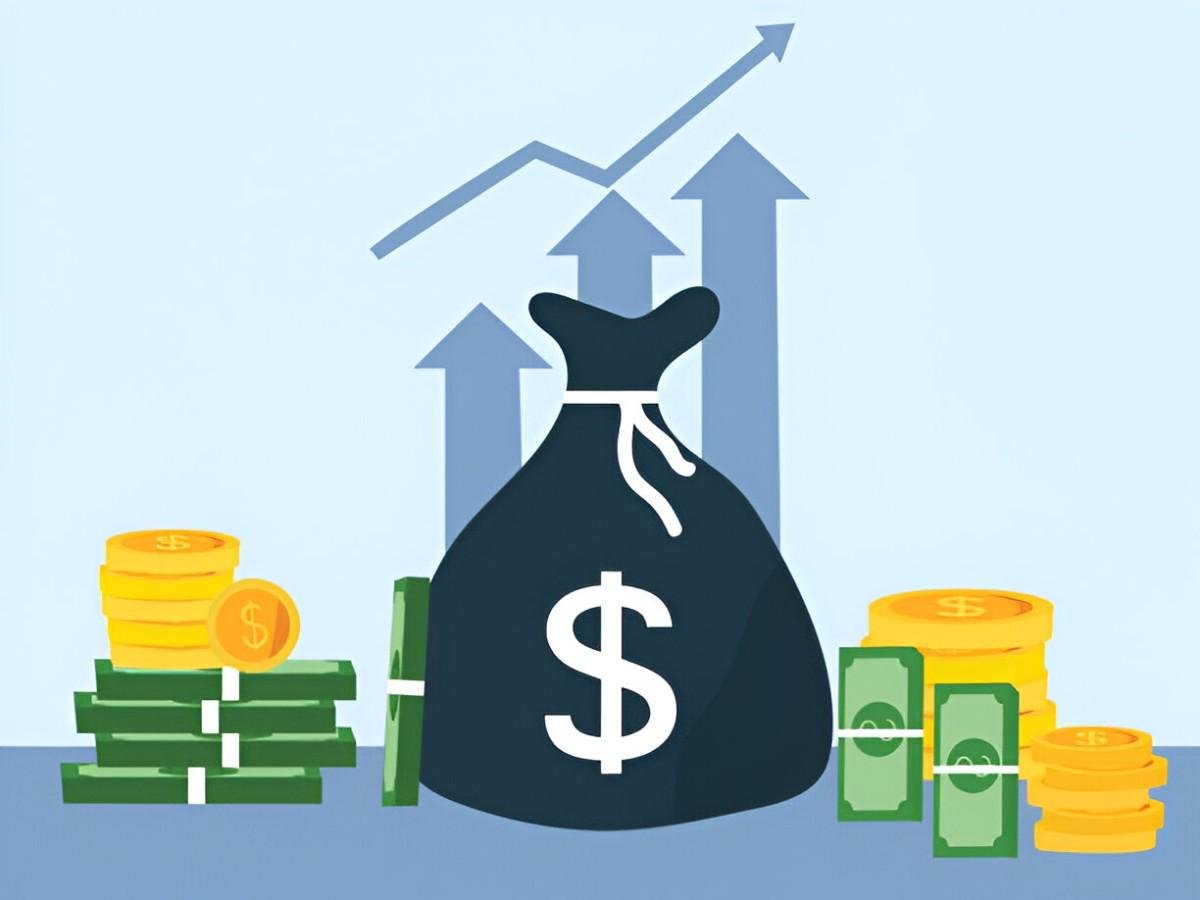When I look for mutual funds that offer high returns, Vanguard stands out because of its disciplined approach to investment management, low fees, and strong long-term track records. While Vanguard is widely known for its index funds, it also offers actively managed and specialized funds that have delivered impressive returns.
Table of Contents
Why Vanguard Funds?
Vanguard is famous for pioneering index investing but also offers actively managed funds run by skilled managers. Their funds generally have low expense ratios, which helps investors keep more of their gains. Low fees combined with disciplined investing can produce superior net returns over time.
I evaluate funds on total return, risk-adjusted return, and cost efficiency to identify the best choices for investors seeking high growth.
My Selection Criteria
- 5- and 10-year annualized returns above category averages
- Low to moderate expense ratios
- Consistent performance across market cycles
- Clear, focused investment strategy
- Risk metrics like beta and standard deviation in line with growth expectations
Top 3 Vanguard Mutual Funds for High Returns
| Fund Name | Category | 5-Year Return (%) | Expense Ratio (%) | Beta | Portfolio Focus |
|---|---|---|---|---|---|
| Vanguard Total Stock Market Index Fund (VTSAX) | Total U.S. Stock Market | 12.8 | 0.04 | 1.00 | Broad U.S. Equities |
| Vanguard Growth Index Fund (VIGAX) | Large Growth | 14.5 | 0.05 | 1.10 | Large-Cap Growth Stocks |
| Vanguard PRIMECAP Fund (VPMCX) | Large Growth (Actively Managed) | 14.8 | 0.57 | 1.05 | Large-Cap Growth with Active Management |
1. Vanguard Total Stock Market Index Fund (VTSAX)
VTSAX offers broad exposure to nearly all publicly traded U.S. companies. It tracks the CRSP US Total Market Index, providing diversified coverage of small-, mid-, and large-cap stocks.
- 5-year return: 12.8% annualized.
- Expense ratio: 0.04%, extremely low.
- Beta: 1.00, tracking the overall market.
- Holdings: Over 3,900 stocks from large to small caps.
Example: Growth of $100,000 over 5 years
FV = 100,000 \times (1 + 0.128)^{5} = 100,000 \times 1.82 = 182,000VTSAX nearly doubles your money in 5 years with broad market exposure.
2. Vanguard Growth Index Fund (VIGAX)
VIGAX focuses on U.S. large-cap growth stocks. It tracks the CRSP US Large Cap Growth Index, investing in firms with strong earnings growth and momentum.
- 5-year return: 14.5%.
- Expense ratio: 0.05%.
- Beta: 1.10, higher volatility than the broad market.
- Top holdings: Apple, Microsoft, Amazon, Alphabet.
This fund is suitable for investors willing to accept a bit more risk for higher growth potential.
3. Vanguard PRIMECAP Fund (VPMCX)
VPMCX is one of Vanguard’s flagship actively managed funds. It combines fundamental research with a long-term growth focus. The managers aim to invest in high-quality companies with growth potential at reasonable valuations.
- 5-year return: 14.8%, highest of the three.
- Expense ratio: 0.57%, higher due to active management.
- Beta: 1.05.
- Portfolio: Around 90 stocks including technology, consumer discretionary, and health care.
Why I recommend it
Active management seeks to outperform indexes by careful stock selection, and PRIMECAP has a strong historical track record.
Comparing the Three Vanguard Funds
| Fund | 5-Year Return (%) | Expense Ratio (%) | Beta | Risk Level | Management Style |
|---|---|---|---|---|---|
| VTSAX | 12.8 | 0.04 | 1.00 | Moderate | Passive Index |
| VIGAX | 14.5 | 0.05 | 1.10 | Moderate-High | Passive Index |
| VPMCX | 14.8 | 0.57 | 1.05 | Moderate | Active Management |
Evaluating Risk vs Return
Risk is an inherent part of investing for high returns. Beta above 1 means greater volatility than the market. VIGAX carries the most market risk but also offers higher returns.
The Sharpe ratio is a helpful measure, calculated as:
Sharpe = \frac{E(R) - R_f}{\sigma}where E(R) is the expected return, R_f is the risk-free rate, and \sigma is the return standard deviation.
VPMCX, with active management, aims to achieve better risk-adjusted returns by avoiding overvalued stocks and finding growth opportunities.
Impact of Expense Ratios Over Time
Higher fees reduce net returns, so it’s important to weigh fees against performance. Here’s the effect of expense ratios over 10 years assuming a gross return of 14%:
- VTSAX net: 14% - 0.04% = 13.96%
- VPMCX net: 14% - 0.57% = 13.43%
Future value after 10 years:
- VTSAX: 100,000 \times (1 + 0.1396)^{10} = 100,000 \times 3.69 = 369,000
- VPMCX: 100,000 \times (1 + 0.1343)^{10} = 100,000 \times 3.53 = 353,000
Despite higher fees, VPMCX’s active approach still provides competitive growth.
Final Thoughts on Vanguard’s High-Return Funds
Vanguard offers excellent choices whether you prefer broad passive exposure or active management with growth focus. VTSAX is great for diversified market exposure at ultra-low cost. VIGAX offers targeted growth with solid tech and innovation exposure. VPMCX adds the benefits of expert active management aiming to outperform indexes.
Choosing among them depends on your risk tolerance and preference for active versus passive management. I recommend combining funds based on your goals to balance growth and risk.





